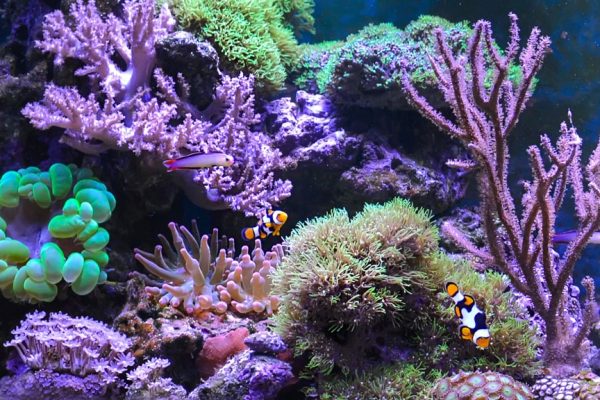
Approximately 71% of the Earth’s surface is covered by water, and about 15% of the world’s species live in the oceans. Today March 22, World Water Day, the Intergovernmental Panel on Climate Change (IPCC) issued a report that constituted a “final warning” that the world is reaching a limit to which we can adapt. A significant part of the report deals with severe freshwater scarcity on the one hand, and rising sea level on the other. The IPCC has also warned that up to 90 percent of tropical coral reefs will vanish as soon as 2030 unless drastic action is taken to limit greenhouse gases. Scientists worldwide are endeavouring to unravel the complexities of the coral reef environment and how this may be affected by various aspects of climate change. In doing so, they are using CISME – a diver deployed system developed at the University of North Carolina Wilmington in association with Qubit Systems for measuring photosynthesis, respiration and (de)calcification in corals. Keep reading for more on this research.
CISME Coral Metabolism System
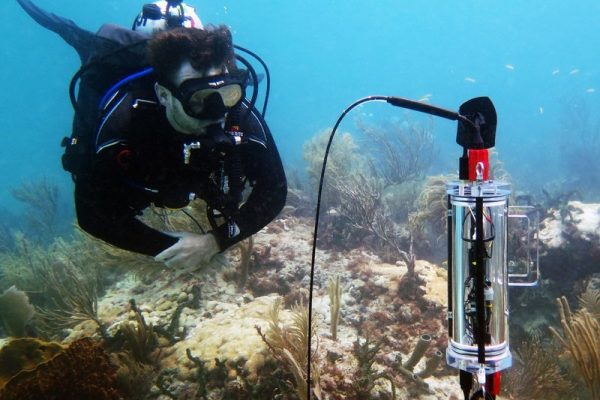
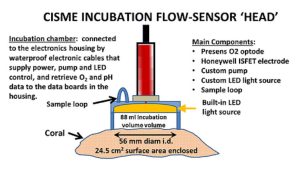
The CISME system measures oxygen fluxes and changes in pH during nondestructive in situ incubations of corals in which water flow and light levels in the sample chamber are controlled by the user. Respiration rate and photosynthesis rate are derived from optical measurements of DO2 and pH. In addition, a sample loop is used to collect a water sample that can be titrated for total alkalinity (TA) from which calcification rate is calculated. The sample loop can also be used to conduct experiments in which the user introduces substances that might affect coral metabolism (such as acidified seawater for ocean acidification studies). Learn MORE
CISME in the Galapagos - Dr. John Bruno, UNC Chapel Hill
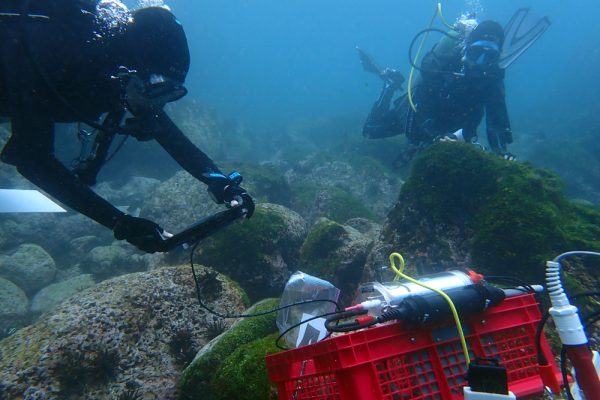
Researchers from John Bruno’s laboratory at the University of North Carolina Chapel Hill have been using CISME to study respiration and photosynthesis in coral reefs and close by communities of the Galapagos Islands, to determine how shifts in ocean temperature and pH may affect community structure and population dynamics via effects on primary production. The Bruno lab research has been featured on PBS. To see a video of students, Isabel and Katelyn using the CISME in the Galapagos, and to learn more about their work, CLICK HERE. This vital work will inform agencies involved reef conservation concerning the best strategies to mitigate the effects of climate change, and provide data to governments in the development of conservation policies.
Stony Coral Tissue Loss Disease - Dr. Karen Neely, NOVA Southeastern University, Florida
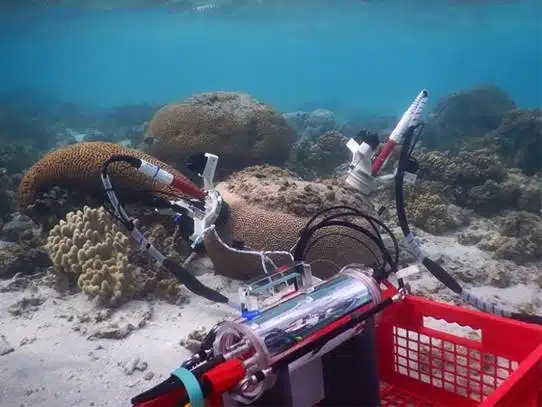
Dr. Karen Neely at NOVA Southeastern University, Florida, has been using CISME to study threats to coral reefs from stony coral tissue loss disease (SCTLD). First identified near Miami in 2014, SCTLD affects more than 20 of the 60 or so species of coral that live in the Florida Keys with mortality rates range from 66 to 100 percent. Dr. Neely has been applying amoxcillin treatments to affected coral to avert what she terms “a huge disaster.” Her work has been featured on PBS Newshour and abc news. For a report on her work, and how CISME has been used in assessing corals affected with SCTLD click HERE.
Seasonal Drivers of Productivity and Calcification of Platygyra carnosa - Dr. Walter Dellisanti, City university, Hong Kong
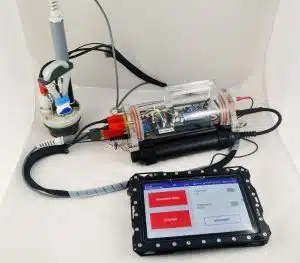
Dr. Dellisanti is one of the original users of CISME. His most recently published study involved a two-year in situ monitoring survey and describes how corals exhibit metabolic plasticity and resilience in response to variability in local temperature, salinity, and light. CISME was used in conjunction with Pulse Amplitude Modulated (PAM) fluorometry and digital to investigate seasonality in water quality parameters and how these affected coral health. Elevated temperatures during the summer reduced the energetic productivity of corals -44% relative to winter. Fluctuations in salinity (25–38 ppt) and pH (7.65–8.44) were linked to rainfall and reduced calcification rates. Conditions during the spring were favourable for coral metabolism and calcification (+20% relative to summer). These in situ observations provide insights into coral response mechanisms under changing environmental conditions and contribute to projections of coral health under future scenarios of global climate change.
Seasonal drivers of productivity and calcification in the coral Platygyra carnosa in a subtropical reef. Walter Dellisanti et al. (2023) Front. Mar. Sci. Vol 10
New CISME Developments

We are excited to be working in collaboration with researchers at KAUST in Saudi Arabia to implement new CIMSE features. These include a “nubbin chamber” to accommodate samples of branched corals either at the reef or in laboratory coral nurseries. Also, our chambers can be made available with a choice of LED wavelengths, as well as with a feature to allow simultaneous chlorophyll fluorescence measurements using a submersible fibre optic PAM system.
References
- Romano de Orte M. et al. 2021 Unexpected role of communities colonizing dead coral substrate in the calcification of coral reefs. Limnology and Oceanography March 17, 2021 https://doi.org/10.1002/lno.11722
- Dellisanti et al. 2020. A Diver-Portable Respirometry System for in-situ Short-Term Measurements of Coral Metabolic Health and Rates of Calcification. Front. Mar. Sci., 12 November 2020 https://doi.org/10.3389/fmars.2020.571451
Other Qubit Products for Aquatic Biology
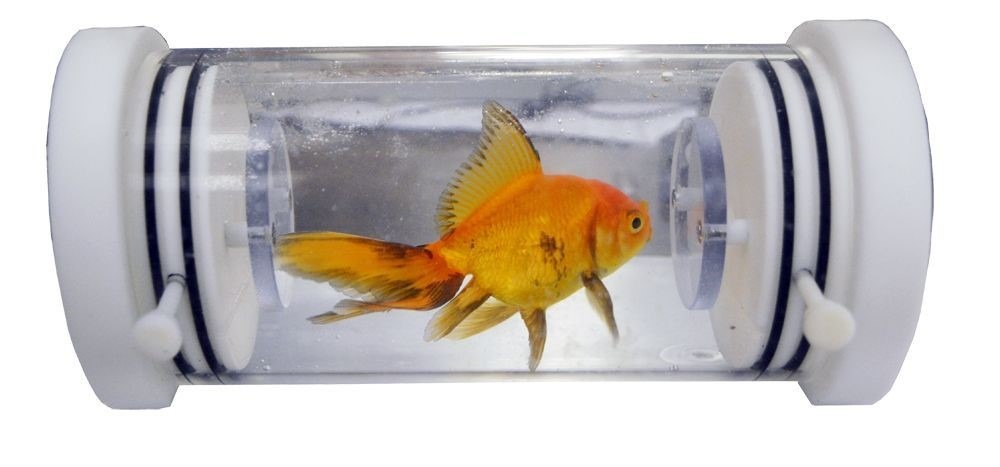
Q-Box AQUA Aquatic Respirometry Package
Metabolic O2 consumption is measured by intermittent flow respirometry in which measurements are made sequentially without removing the organism from the chamber. The chamber is flushed with fresh water between measurements. Dissolved Oxygen data corrected for salinity, temperature and pressure are displayed in software and used to calculate VO2. All of the components of the Q-Box AQUA Package are housed in a rugged weather proof case for easy transport and storage. Learn MORE
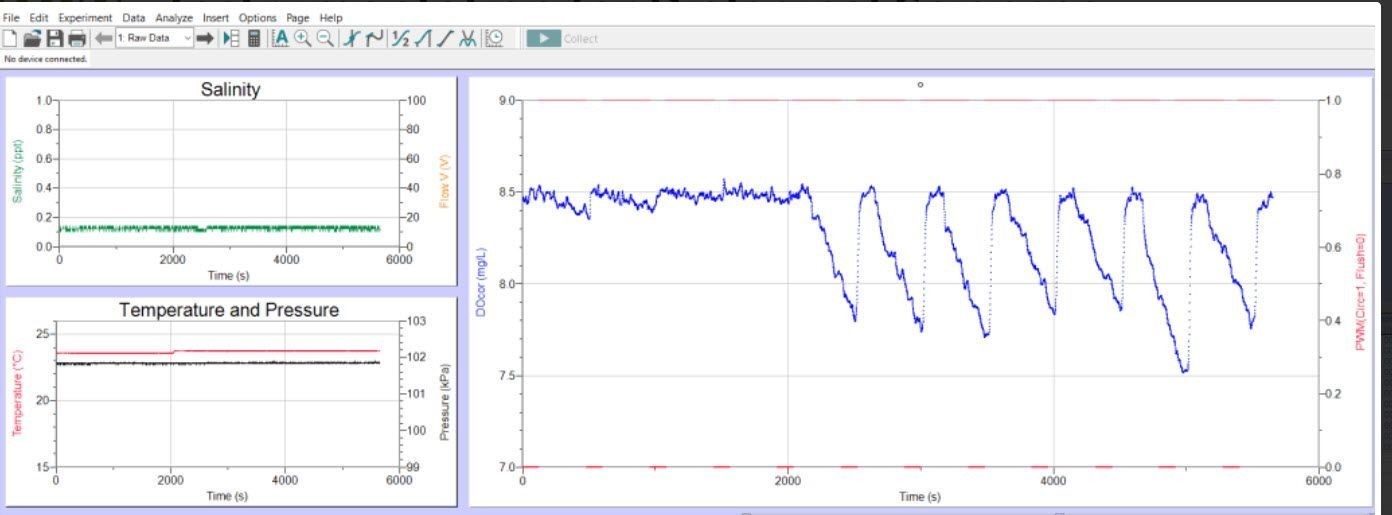
Mini-AQUA for small samples
For aquatic respirometry measurements of small fish and insect larvae (~1g) Qubit offers the Mini-AQUA package, a modified version of the Q-Box AQUA with small aquatic respirometer chamber (9mL) and components for smaller total volume system. The mini-AQUA package also features a micro-chamber (1.23mL in volume) with DO probe inserted in the top portion for measurements of VO2 of very small samples such as larvae and juvenile fish less than 0.5g. The micro-chamber is used in the intermittent stop flow mode resulting in higher sensitivity and resolution of the system.

References
- Rahi L et al. (2020) Impact of salinity changes on growth, oxygen consumption and expression pattern of selected candidate genes in the orange mud crab (Scylla Olivacea). Aquaculture Research 51: 4290-4301 https://doi.org/10.1111/are.14772
- Lucey NM, Collins M, Collin R (2020) Oxygen-mediated plasticity confers hypoxia tolerance in a corallivorous polychaete. Ecology and Evolution 10: 1145-1157 https://doi.org/10.1002/ece3.5929
OX1LP Dissolved Oxygen Packages
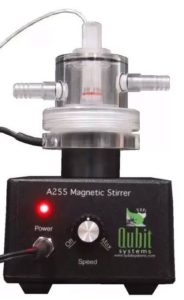
The OX1LP Dissolved Oxygen Packages incorporate a polarographic dissolved oxygen electrode to measure photosynthesis and/or respiration in the aqueous phase, using suspensions of plant cells, animals, organelles (chloroplasts and mitochondria), invertebrates or algae. These packages may also be used to monitor chemical and biochemical reactions that either produce or consume O2 in the aqueous phase. Interchangeable water-jacketed cuvettes with volumes of 1.0, 2.5, 4.0, 6.0, 30 and 50 mL may be supplied with the system. Each uses the same O2 electrode base and stirrer. Learn MORE
References
- Koblizek M et al (2020) Utilization of Light energy in phototropic Gemmatimonadetes. Journal of Photochemistyr and Photobiology B 213: 112085 https://doi.org/10.1016/j.jphotobiol.2020.112085
- Nair P, Huertas M, Nowlin WH (2020) Metabolic responses to long-term food deprivation in subterranean and surface amphipods. Subterranean Biology 33: 1-15 https://digital.library.txstate.edu/handle/10877/9805
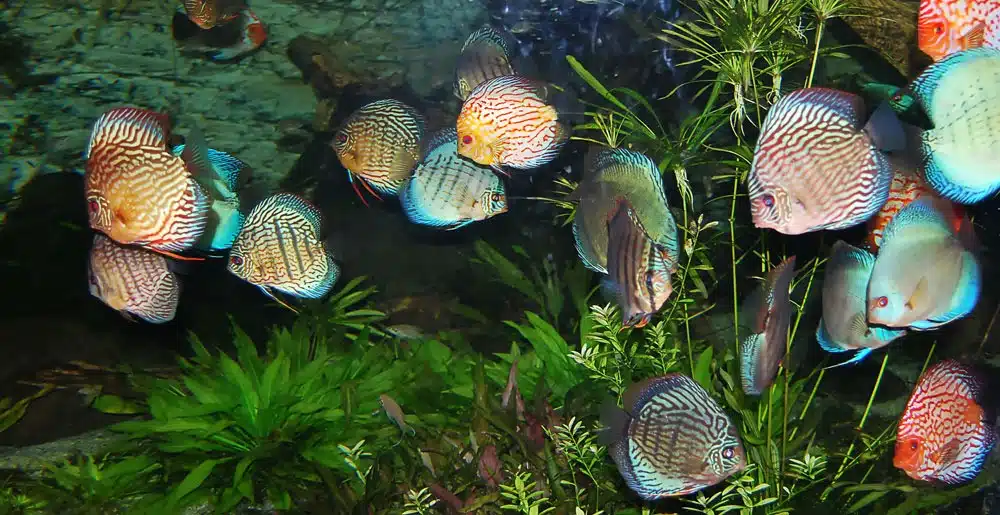
Click HERE to learn about all of Qubit’s Aquatic Biology and Aquatic Control Systems
We have been using the Q-Box AQUA respirometry package for a year and have been impressed with the quality and versatility of the system. The mechanical systems are well designed and easily serviced and the software is intuitive and flexible enough for use in diverse applications. The technicians at Qubit are outstanding; they were able to modify the system to suit our particular needs and they have always been quick to respond when technical support was required. The fact that Qubit ships the system in a protective case was also a big plus for field workDr. Tyson MacCormackBiology Department, Mount Alison University, NB, Canada

